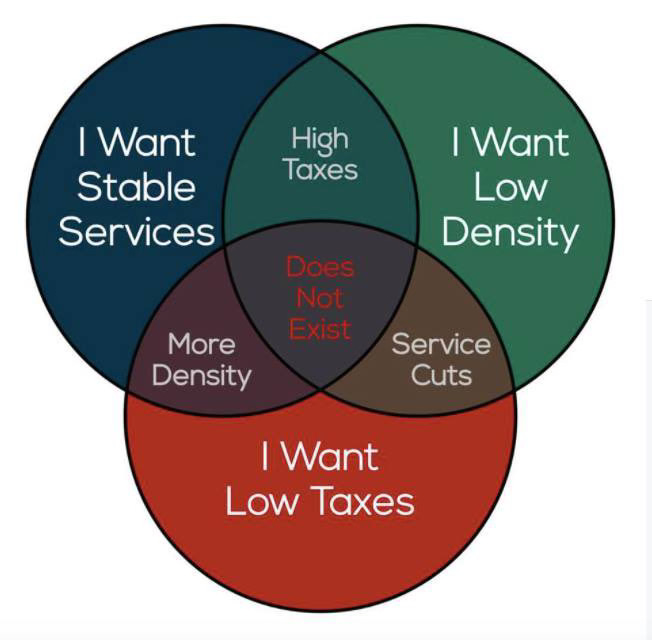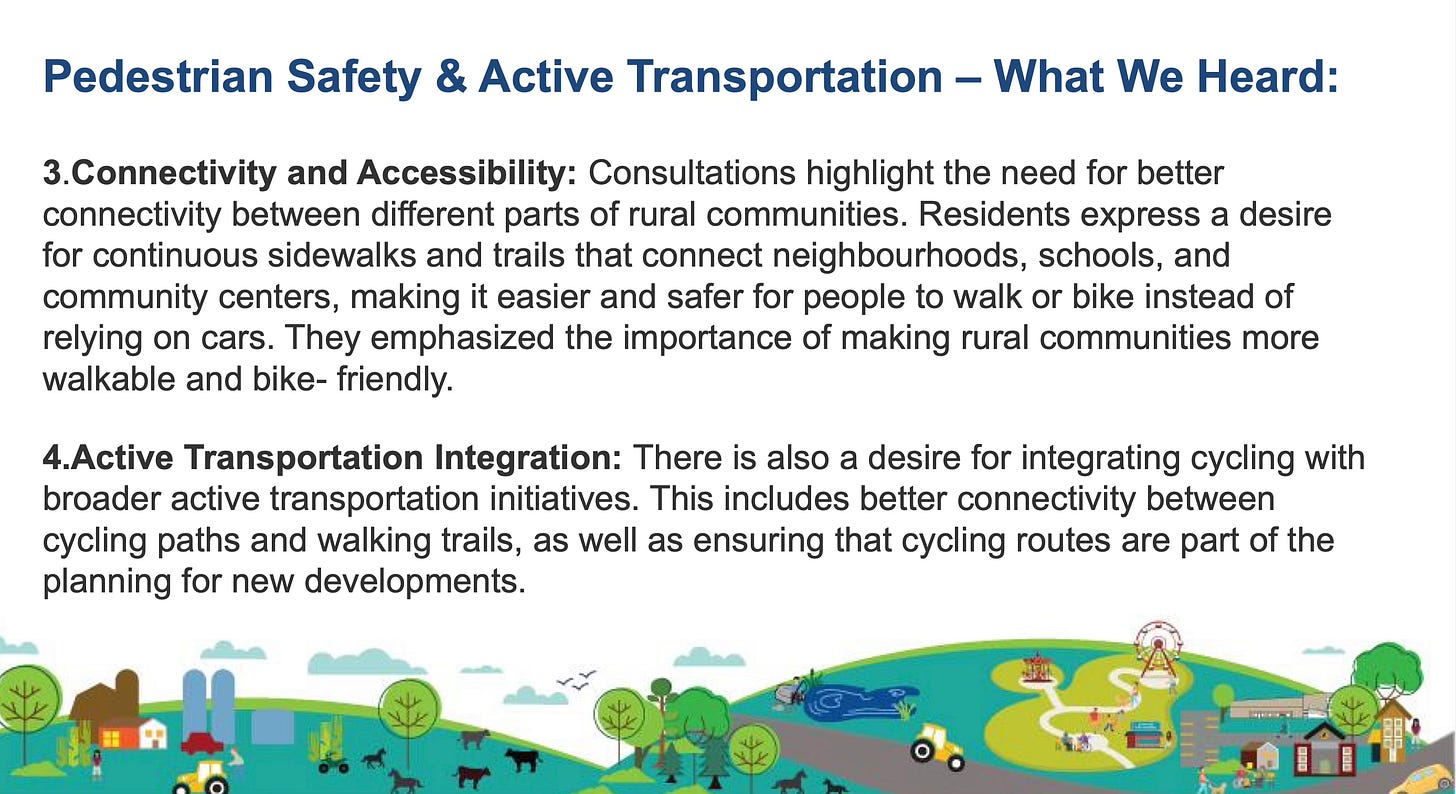I attended yesterday’s Rural Summit at Sir Robert Borden High School in Ottawa.
I’ll have future thoughts on what the proposed changes from the summit will mean for urban Ottawa, but for now here are 5 takeaways from the Rural Summit:
The Rural Summit has proven effective

The Rural Summit has proven to be a useful forum for advocating for the needs of rural residents. There are many benefits to rural residents that appear to be on the way due to the rural summit, including:
Giving the Agriculture and Rural Affairs Committee more power
Increasing rural focused funding and staff at the city
Dedicated rural road and intersection programs, eliminating rural/urban competition for road funding (my early thoughts is this is bad news for urban Ottawa)
Doubling the ditching and drain budget in 2025 (from $1.8 million)
I’ll have a future article evaluating these changes and what they may mean for the rest of Ottawa (who’s funding these benefits?), but for now we have to acknowledge that the Rural Summit sounds like it will bring huge benefits to Ottawa’s rural residents, and has proven to be an effective advocacy tool.
Urban and rural residents have more in common than they think
Throughout the Rural Summit, I heard many people raising concerns very similar to concerns you’d hear in urban Ottawa including:
Concerns about climate change and preserving nature
Road safety, like managing truck routes, and pedestrian infrastructure (for real!)
The feeling that the city is too big to manage and that rural residents are not heard by the city. One attendee even suggested de-amalgamation.
However, urban and rural are split on some major issues

Unfortunately, there are two major issues which rural residents sounded very opposed to which makes me think the differences may be too big to rectify: increasing revenues and increasing density. Rural Ottawa costs a huge amount to service (even without transit or water services) and brings in very little tax money. If they aren’t prepared to raise taxes or increase density, urban Ottawa will just continue to further subsidize them.

We need to better engage diverse audiences
“We received over 1,200 responses to the survey that was published by the city, over 250 ideas came in directly over email, more than 1,000 comments were recorded at the 6 workshops and more than 450 residents came out.” Councillor David Brown
The Summit had a huge lead up and clearly reached a lot of people. Unfortunately, I’d estimate the Rural Summit event itself was about 70% seniors and an even higher percentage white.
We need to make sure our public consultations, especially our big and expensive ones, are hearing from diverse voices. We need to hear from families with children, new Canadians, and renters.
Without properly diverse consultations, we’re just upholding the status quo and creating solutions that further benefit those that are already privileged.
Ottawa needs an urban summit
With how effective the Rural Summit appears to have been, it’s time we consider an Urban Summit for Ottawa. Despite being very financially productive and taking up a comparatively small area, urban Ottawa is going through significant issues including a rise in the number of homeless, development charges being spent elsewhere, and urban residents and councillors being out-voted by the city’s suburban base.
How the City of Ottawa blocks urban improvements - and how to fix it
The City of Ottawa has long neglected downtown. There is a lack of park space and street trees, there tragically seems to be more homeless people than ever, and despite densifying and building many more apartments, downtown residents are seeing little of the additional property tax money. Below, I outline what I’ve found in my 2+ years as Transportation…
Thanks for reading. I’ll have a future piece coming out on some of the more significant changes coming from the Rural Summit and what they may mean for urban Ottawa.








Thanks for this summary, Derrick. Your comment about whom they've heard from is pertinent. Is there a survey/consultation response report that gives any clue? The attendance at the summit would suggest large segments of the rural population have been left out.
Were the presentations made by staff? Did you get a good sense that the reports and recommendations reflect what they heard in these seemingly massive amounts of feedback, or do you suspect it was another exercise in manipulation as would be typical for the City's consultations.